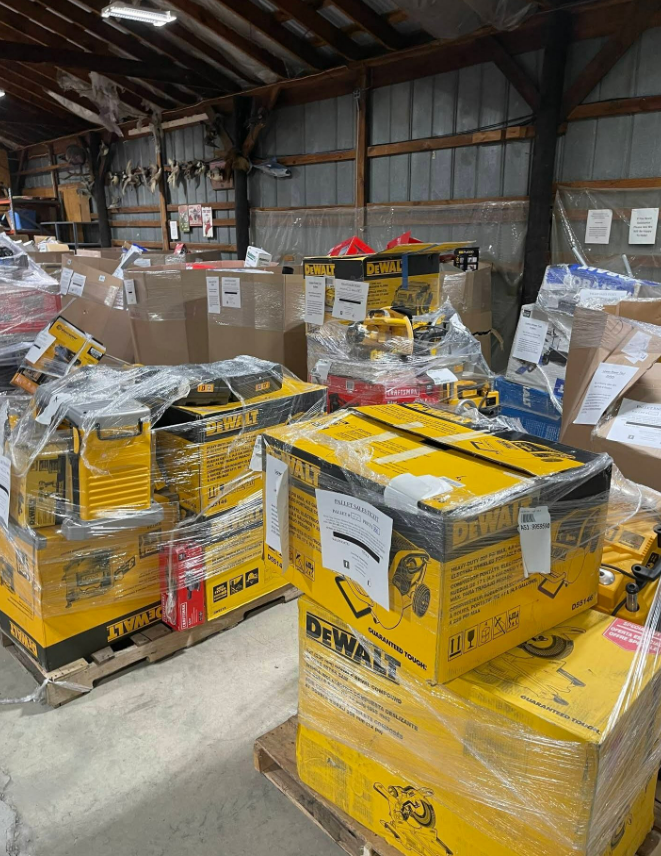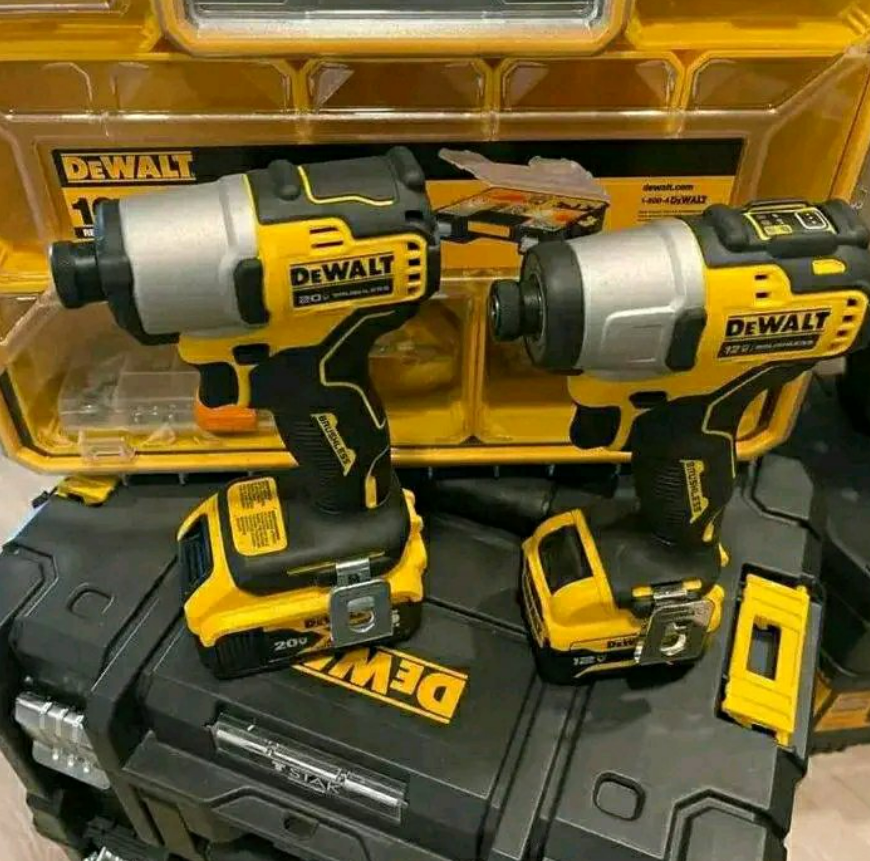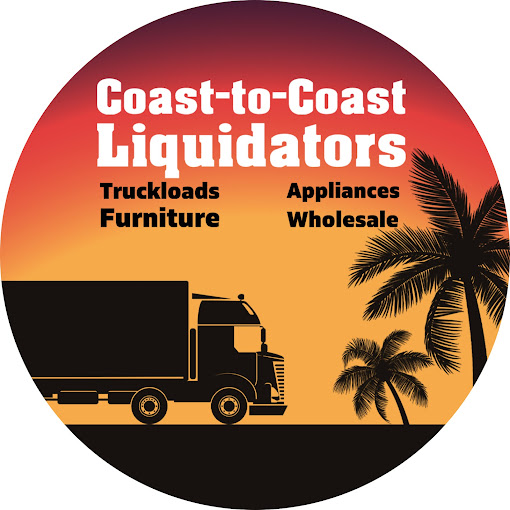Tool pallets
Are you searching for a creative way to make some extra money? Have you ever considered flipping wholesale pallets of tools? This growing business venture can be incredibly profitable if executed correctly. In this blog post, we’ll explore three effective strategies for making money by flipping wholesale pallets of tools. We’ll cover how to source high-quality tools, identify customer demand, and set competitive prices to maximize your profits. Read on to learn how you can turn wholesale pallets of tools into a lucrative income stream!
1. Source Quality Tools
When flipping wholesale pallets of tools, the foundation of your success lies in sourcing high-quality items. Low-quality tools can hurt your profit margins and customer satisfaction, as they may need frequent replacement or fail to meet buyer expectations. Here’s how to ensure you’re investing in the right products:
Inspect Before You Buy
If possible, examine the pallets in person to assess the condition of the tools. Look for signs of wear and tear, and ensure all essential components are included. If an in-person inspection isn’t feasible, request detailed photographs or videos from the seller that showcase the tools’ condition.
Research Reliable Brands
Familiarize yourself with reputable brands known for producing durable and reliable tools. Investigate the company’s history, customer reviews, and warranty policies. Understanding the brands will help you make informed purchasing decisions and build trust with your customers.
Know Your Tools
Having knowledge about the tools you are buying is essential. Familiarize yourself with different tool types, their uses, and features. This expertise will enable you to identify quality products and assess whether they are worth your investment.
2. Assess Customer Demand
To maximize your profits when flipping wholesale pallets of tools, it’s crucial to understand customer demand. Here’s how you can gauge what tools are selling well:
Analyze the Competition
Check out other sellers in the market. Examine their product listings, descriptions, and pricing strategies. Pay attention to their customer reviews to understand what buyers appreciate about the tools and what issues they face. This insight will help you determine which products are in high demand.
Explore Online Marketplaces
Visit platforms like eBay, Amazon, and Craigslist to see what similar tools are being sold for. This will provide you with a baseline for setting your prices and understanding market trends.
Monitor Customer Feedback
Review customer comments and feedback on tools similar to those in your pallet. Take note of common preferences, dislikes, and features that resonate with buyers. This information can guide your purchasing decisions and selling strategies.
3. Research Market Prices
Before you purchase any pallets of tools, take the time to research the current market value for each product. Understanding the prices of similar tools in your area will help you determine how much you should pay for a pallet and set a competitive selling price. Here’s how to conduct thorough price research:
Compare Online Prices
Check various e-commerce websites like eBay, Amazon, and specialized tool retailers. Note the selling prices for comparable items, taking into account their condition, features, and brand reputation.

Factor in All Costs
When assessing your potential profit margins, consider all costs associated with the sale. This includes shipping fees, taxes, and any handling charges. Understanding your total cost will help you make informed pricing decisions and ensure a profitable outcome.
Set a Competitive Price
Once you have a solid understanding of the market, calculate a fair price for your pallets. Make sure to include a profit margin that reflects the quality of the tools and the demand in the market.
4. Vet Your Wholesale Supplier
Selecting a reliable wholesale supplier is critical to your success in flipping pallets of tools. Here’s what to consider when vetting potential suppliers:
Investigate Customer Service
Research the supplier’s customer service and return policies. Ask questions about refunds or replacements for defective or damaged items. A reputable supplier should be transparent and willing to address any concerns you may have.
Read Supplier Reviews
Look for online reviews and testimonials from other customers. Pay attention to feedback regarding product quality, pricing, and customer satisfaction. Positive reviews are a good indicator that you’re working with a trustworthy supplier.
Compare Wholesale Prices
Don’t settle for the first supplier you find. Compare prices and offerings from multiple wholesalers to ensure you’re getting the best deal. Factor in shipping costs and taxes to determine the total cost of purchasing from each supplier.

Final Thoughts
Flipping wholesale pallets of tools presents a fantastic opportunity for anyone looking to generate extra income. By prioritizing quality, researching customer demand, and setting competitive prices, you can maximize your profitability in this venture. Understanding market demand allows for strategic pricing that appeals to buyers willing to pay a premium.
Thoroughly researching market prices and associated costs enables you to establish optimal selling prices. Additionally, vetting your suppliers ensures you have access to reliable sources of quality tools at competitive prices. By implementing these strategies, you can unlock a lucrative income stream through flipping wholesale pallets of tools.
If you’re ready to dive into the world of flipping tools, remember to stay informed, adaptable, and focused on quality. With the right approach, you can turn this venture into a profitable side hustle or even a full-time business!




